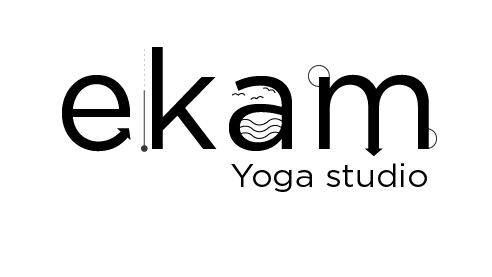what is
yoga?
_
About yoga
_
Yoga – Explained
The word ‘yoga’ derives from the Sanskrit word yuj, yoga epitomises a collective connection with the universal consciousness or spirit, or more simply put, union.
Yoga sometimes interweaves other philosophies such as Hinduism or Buddhism, but it is not essential to study those philosophies in order to be able to practice or study yoga. It is also not necessary to surrender your own religious beliefs to practice yoga.
Yoga is a philosophy that began in India an estimated 5,000 years ago.
The father of classical ashtanga (not to be confused with Sri. Pattabhi Jois’ Ashtanga yoga) is said to be Patañjali, an Indian sage who wrote the Yoga Sutra in 200 AD.
The Sutra is a collection of 196 aphorisms that serve as a philosophical guide for anyone who wants to practice yoga. It outlines the 8 limbs of yoga; the yamas (restraints), niyamas (observances), asana (postures), pranayama (breathing), pratyahara (withdrawal of senses), dharana (concentration), dyani (meditation) and Samadhi (enlightenment, or bliss). These scriptures provide a framework for spiritual growth and awareness over the physical and mental body.
Traditionally, when we practice yoga, we gradually immerse ourselves in all eight limbs of the Sutra. We slowly refine and adjust, and become of our behaviour in the outer world and consequently focus inwardly until we reach Samadhi (a challenging yet beautiful task that essentially promotes you to be the best version of yourself!)
Yoga VS. Fitness
Usually, fitness classes are strictly cardiovascular, based on strength, endurance and/or flexibility. Patañjali’s eight-fold path illustrates how the physical practice is just one aspect of yoga.
Yoga focuses on aspects of those, but the core beliefs of yoga are a little different. We aim to connect the movement of the body and the fluctuations of the mind to the rhythm of our breath.
Consciously linking the mind, body and breath helps us direct our attention inward. Essentially a yoga practice is a form of meditation through movement.
Through practising, we learn to see our habitual thought patterns and eventually learn to stop labelling, judging or trying to change them. This means we naturally become more aware of our experiences from moment to moment.
The awareness we cultivate is what makes yoga a practice, rather than a task or goal that needs to be completed. Your body will most likely become much more flexible by doing yoga; and in return, so will your mind.
I’m Not Flexible – Can I Do Yoga?
Despite what Instagram may have shown you, yoga isn’t all about throwing your self in to the splits and headstands. It’s about being conscious and in tune with your bodies’ capabilities on a daily basis.
Many people think they need to be flexible to begin yoga, but that’s a little like thinking you need to know how to play tennis in order to take tennis lessons! You will of course become more flexible the more you practice; this new found agility will be balanced by strength, co-ordination and enhanced cardiovascular health as well as a sense of physical confidence.
Come to your mat as you are, however you are feeling, on any particular day. There is really no wrong time to practice yoga.
What Do I Need For My First studio Class?
The Essentials:
your body, an open mind and of course, a bit of harmless curiosity is all that’s necessary.
In yoga we get physical. We twist, turn upside down (sometimes), and bend forward and backwards, so it’s important to refrain from eating anything too heavy about 1 hour before a class. If you’ve not digested your meal fully, it will make itself known to you in ways that aren’t comfortable.
If you are someone with a fast digestive system and are afraid you may get hungry or feel weak before class, feel free to have a light snack such as yogurt, a few nuts or juice about 30 minutes to an hour beforehand. It is always important to find what works best for you.
The Outfit:
It’s super helpful to be comfortable; think shorts or leggings and a t-shirt - ideally not too baggy; doing a downward facing dog in an oversized shirt can get pretty annoying as it can easily cover your eyes/nose, restricting your sight and scent (in yoga we breathe through our nose, meaning you’ll need your lovely nostrils to get all the air they can get). And you won’t need any special shoes or socks to practice, as you’ll be barefoot!
